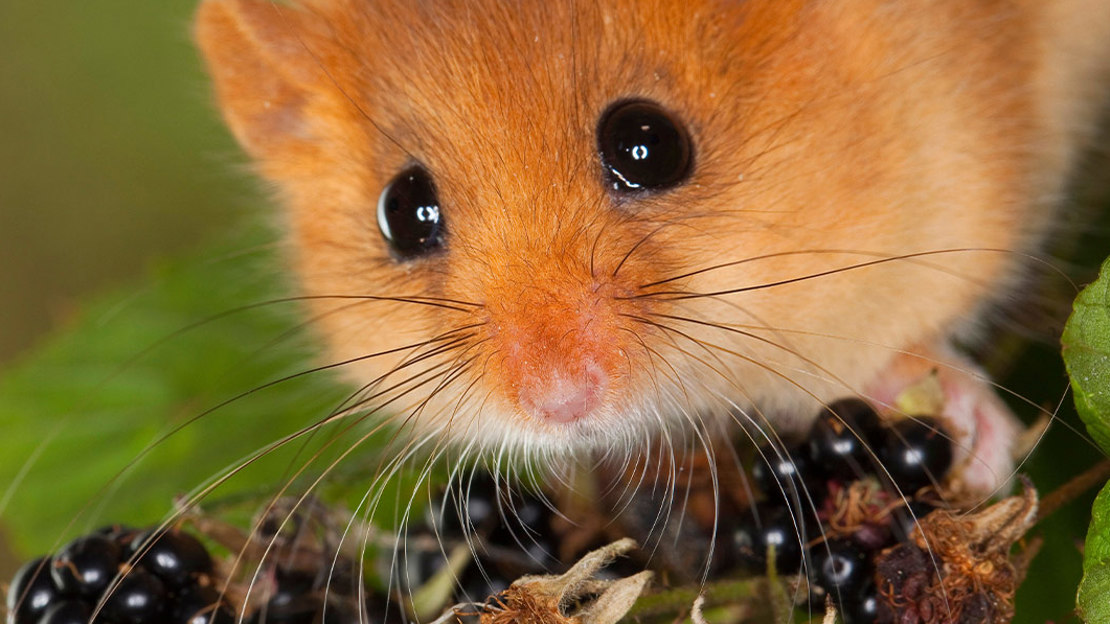Common name(s): field vole, short-tailed vole
Scientific name: Microtus agrestis
Family: Cricetidae
Habitat: grassland, young woodland
Diet: grass
Predators: foxes, stoats and weasels, cats, birds of prey
Origin: native
Cute and in huge numbers, but rarely seen. The grass-tunnelling field vole is our most abundant mammal and represents a vital link in the food chain.
Common name(s): field vole, short-tailed vole
Scientific name: Microtus agrestis
Family: Cricetidae
Habitat: grassland, young woodland
Diet: grass
Predators: foxes, stoats and weasels, cats, birds of prey
Origin: native
The field vole is a small rodent with greyish-brown fur.
Not to be confused with: the bank vole, which is very similar. The easiest way to tell them apart is to look at the tail. A field vole’s tail is proportionally shorter (around a third of its head and body length), while a bank vole’s tail is about half the length of its head and body. The eyes and ears of a field vole are also less prominent than those of a bank vole. The various species of mice found in the UK have much longer tails and larger eyes and ears than both vole species.
The field vole’s diet is dominated by the leaves and stems of grasses, but it has also been recorded eating moss.

Credit: Gillian Pullinger / Alamy Stock Photo
Field voles breed rapidly and one female can produce as many as six litters of up to eight young in a single year. The young are born in a nest made of shredded grass, but most will not live long as the species is an important food source for numerous predators. Owls, kestrels, weasels, stoats and foxes are among the species that prey heavily on field voles.
In some parts of the world, field-vole populations can fluctuate widely over 3 to 4-year cycles, with numbers rising and falling dramatically.
Field voles are primarily found in open areas with plenty of long grass. The rodents make burrows under the shelter of grass and move around through a network of tunnels and runways. They can occur in woodland where there is plenty of grass cover and are most common in young woods. Field voles are found across the UK but are absent from Ireland.

Credit: Ian Redding / Alamy Stock Photo
Despite being our most numerous mammal, with an estimated population of nearly 60 million, field voles are not easy to spot. This is because they spend most of their time under the cover of long grass. If you look closely you may be able to see where they have made their tunnels and runways within the grass.
A study has estimated that just under one million field voles are eaten by predators each year, with kestrels, weasels, foxes and feral cats catching 85% of those.
The field vole population is not considered under threat, although changing agricultural practices may have reduced habitat availability. As a key prey item for many predators, the conservation of field voles is important, particularly for birds such as the kestrel and barn owl. Research shows that these birds are able to raise more young when field vole numbers are higher.

Woodland wildlife is fading before our eyes. Please support our appeal to save rare and threatened species.
Donate now